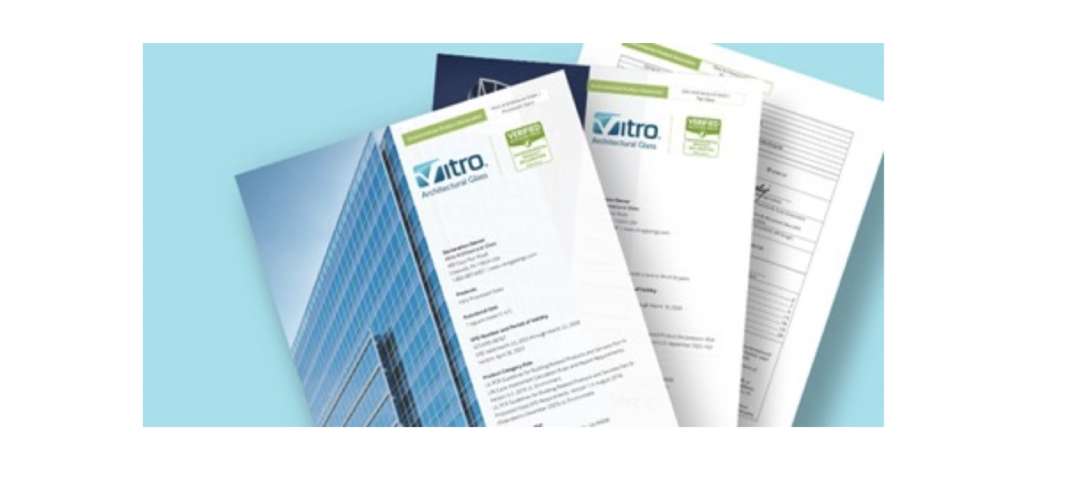Schaumburg, Ill. -- As tornado season escalates and increased tornado activity has devastated parts of the Midwest and the South during the past few weeks, the American Architectural Manufacturers Association (AAMA) has released a voluntary specification for testing and rating building components that will be exposed to tornados and similar extreme wind and rain conditions.
AAMA 512-11, Voluntary Specifications for Tornado Hazard Mitigating Fenestration Products, uses existing test methods and other procedures to qualify windows and other glazed fenestration products for tornado hazard mitigation. The newly released document provides a system for rating the ability of windows to withstand impact, pressure cycling and water penetration, which are generally associated with tornado conditions.
AAMA 512 is a voluntary specification that was developed by the AAMA Tornado Hazard Mitigation Task Group and is recommended for buildings heavily affected by tornados.
“The National Climatic Data Center estimates that a series of tornados in the Southeast and Ohio Valley in February 2008 caused $1 billion in damages,” says Gantt Miller (Winco Manufacturing) who chaired the Task Group that created the Specification. “In creating this specification, the intent is that injury, loss of life and damages resulting from tornados and severe weather can be prevented or greatly lessened.”
The specification outlines that different levels of protection apply to different buildings such as, but not limited to, hospital emergency rooms, community shelters, and police/fire headquarters. These levels of protection are specified based on requirements of the authority having jurisdiction, and each level corresponds to different testing requirements. The level of testing required for each of these types of facilities also depends on the FEMA performance zone where the building is located, as the weather conditions and likelihood of a tornado varies depending on the part of the country.
The Testing and Performance Requirements section of the specification outlines the necessary test conditions for adhering to AAMA 512. According to the specification, test specimens should be tested for anchorage, missile impact, water testing and cycling (for windows used in hurricane-prone zones only).
AAMA 512-11, Voluntary Specifications for Tornado Hazard Mitigating Fenestration Products is available to AAMA members at a cost of $15 for download, $30 for a paper copy and $35 for a CD. Non-members may purchase the document at a cost of $45 for download, $90 for a paper copy and $96 for a CD. To order AAMA 512-11, visit the AAMA Online Publication Store. AAMA 512-11 is also available to AAMA Category 1 members through the Publication Licensing Program.
Related Stories
Products and Materials | Feb 29, 2024
Top building products for February 2024
BD+C Editors break down February's top 15 building products, from custom-engineered glass bridges to washroom accessories.
Products and Materials | Jan 31, 2024
Top building products for January 2024
BD+C Editors break down January's top 15 building products, from SloanStone Quartz Molded Sinks to InvisiWrap SA housewrap.
75 Top Building Products | Dec 13, 2023
75 top building products for 2023
From a bladeless rooftop wind energy system, to a troffer light fixture with built-in continuous visible light disinfection, innovation is plentiful in Building Design+Construction's annual 75 Top Products report.
Sponsored | MFPRO+ Course | Oct 30, 2023
For the Multifamily Sector, Product Innovations Boost Design and Construction Success
This course covers emerging trends in exterior design and products/systems selection in the low- and mid-rise market-rate and luxury multifamily rental market. Topics include facade design, cladding material trends, fenestration trends/innovations, indoor/outdoor connection, and rooftop spaces.
Products and Materials | Aug 31, 2023
Top building products for August 2023
BD+C Editors break down 15 of the top building products this month, from frameless windscreens to smart fixture mount sensors.
Glass and Glazing | Aug 25, 2023
Vitro Architectural Glass Lowers Embodied Carbon Further, Releases NEW Environmental Product Declarations
Vitro Architectural Glass (formerly PPG Glass) has published updated versions of its Environmental Product Declarations (EPDs) for both flat and processed glass. These updates reaffirm that Vitro’s glass products contain less embodied carbon than the industry standard for architectural glass products and indicate a lower embodied carbon value than previously reported in 2017 editions of these EPDs.
Fire-Rated Products | Aug 14, 2023
Free download: Fire-rated glazing 101 technical guide from the National Glass Association
The National Glass Association (NGA) is pleased to announce the publication of a new technical resource, Fire-Rated Glazing 101. This five-page document addresses how to incorporate fire-rated glazing systems in a manner that not only provides protection to building occupants from fire, but also considers other design goals, such as daylight, privacy and security.
Building Materials | Jun 14, 2023
Construction input prices fall 0.6% in May 2023
Construction input prices fell 0.6% in May compared to the previous month, according to an Associated Builders and Contractors analysis of the U.S. Bureau of Labor Statistics’ Producer Price Index data released today. Nonresidential construction input prices declined 0.5% for the month.
Cladding and Facade Systems | Jun 5, 2023
27 important questions about façade leakage
Walter P Moore’s Darek Brandt discusses the key questions building owners and property managers should be asking to determine the health of their building's façade.
Codes | Mar 2, 2023
Biden Administration’s proposed building materials rules increase domestic requirements
The Biden Administration’s proposal on building materials rules used on federal construction and federally funded state and local buildings would significantly boost the made-in-America mandate. In the past, products could qualify as domestically made if at least 55% of the value of their components were from the U.S.
















